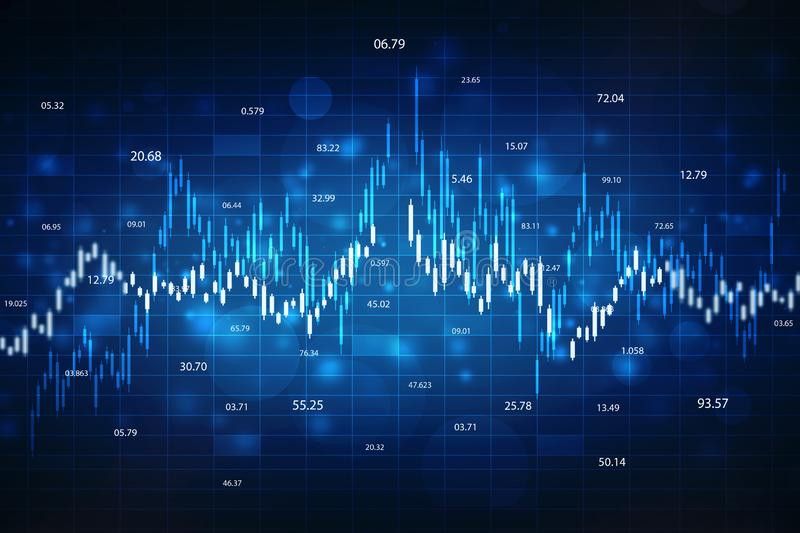
The major stock indexes of the US stock exchanges moved multidirectional on Friday against the background of an unstable and uncertain situation in the economic and political sphere of the country.
The Dow Jones Industrial Average rose 0.39%, or 112.11 points, which moved it to the level of 28,606.31 points. It should be noted that the growth of this indicator was the first after a rapid decline that continued for three days. It was well supported by corporate statistics.
The S&P 500 Index also increased, though almost imperceptibly - by 0.01% or 0.47 points. Its current level was 3,483.81 points.
The NASDAQ Composite Index, on the contrary, showed negative dynamics, which led it to decline by 0.36% or 42.32 points. Its current level is now at 11 671.56 points.
Retail sales in the U.S. rose 1.9% in the first month of autumn, which is a very good result considering that initial forecasts were much modest and indicated an average growth of more than 0.7%. Note that the August indicators stopped at the level of 0.6%.
A positive correction was also observed for another important indicator of economic development. The consumer confidence index in the country for the second month of autumn has already risen to 81.2 points, while earlier it was at 80.4 points. Analysts also claimed that the rise will not be more than 80.5 points.
However, the level of industrial production in the U.S. in September of this year lost 0.6%. This reduction occurred for the first time in the last five months and came as a surprise to experts who had hoped for growth of 0.5%.
Another big problem for market participants today is the complex epidemiological situation in the world, particularly in the U.S. New cases of coronavirus infection are steadily increasing. The threshold of 60,000 cases per day in the U.S. has been exceeded again, which has not been the case for two months. According to Johns Hopkins University, in the middle of last week, daily new records already reached 63,000. The total number of people infected since the beginning of the pandemic is almost 8 million. At the same time, a record number of patients began to be registered again in some states, which suggests the possible return of restrictive quarantine measures of a rather strict nature. All this, of course, is a big problem for investors, which creates enormous pressure on the stock markets.
In addition, the unresolved matter on a new stimulus package in order to support the American economy adds fuel to the fire. Last week, incumbent US leader Donald Trump announced his intention to increase the package of measures from $1.8 trillion, but Republican leader Mitch McConnell flatly refused to submit an expanded version of the bill. According to the majority of Republicans, a $500 billion package will be enough. The only thing the White House has agreed with is a plan to fund coronavirus tests. Thus, the situation around financial incentives remains uncertain, which also seriously puts pressure on market participants.
Meanwhile, Asian stocks showed mostly positive movement Monday morning as some indexes showed contraction. The reason for the predominant positive dynamics was the good statistics from China, indicating an acceleration in the recovery and growth of the country's economy.
The level of GDP from July to September of this year increased by 4.9% compared to the same period last year. Initial estimates were slightly higher at 5.2%. In the second quarter, the country's economy grew by 3.2%, while in the first quarter, a global contraction of 6.8% was recorded.
Japan's Nikkei 225 index rose 1.22%. This was also largely facilitated by the positive statistics on the country's economy. The foreign trade surplus for the first month of autumn was at the level of 674.98 billion yen or 6.4 billion dollars. Recall that in the previous year, there was a deficit of around 129.07 billion yen.
China's Shanghai Composite Index fell 0.58%. The Hong Kong Hang Seng Index went against this trend and gained 0.62%.
South Korea's KOSPI jumped 0.24%. And this was the first growth after a rather prolonged decline that lasted for the last four trading sessions.
Australia's S&P / ASX 200 Index rose 0.85%.





















